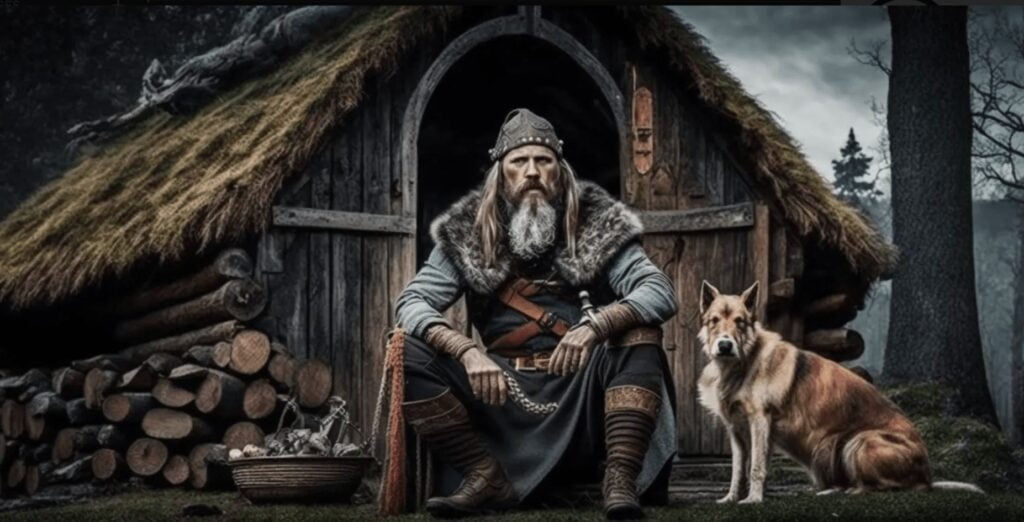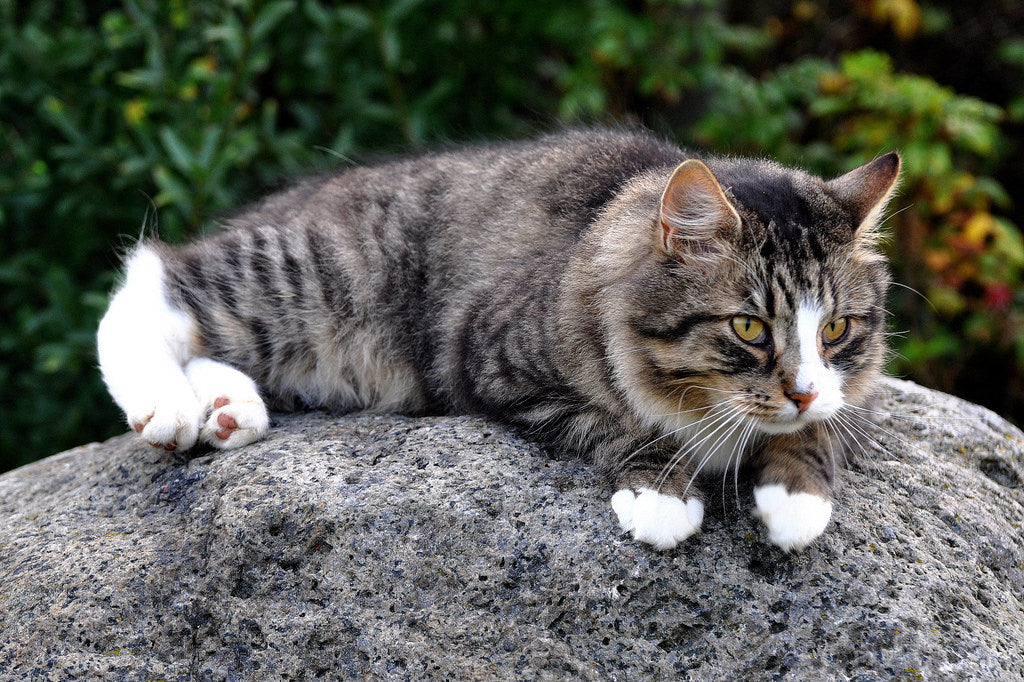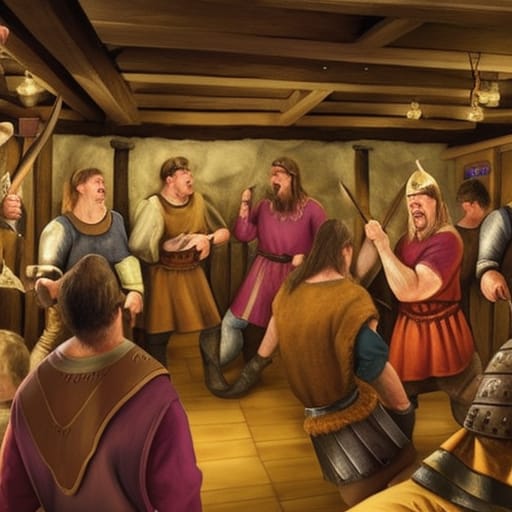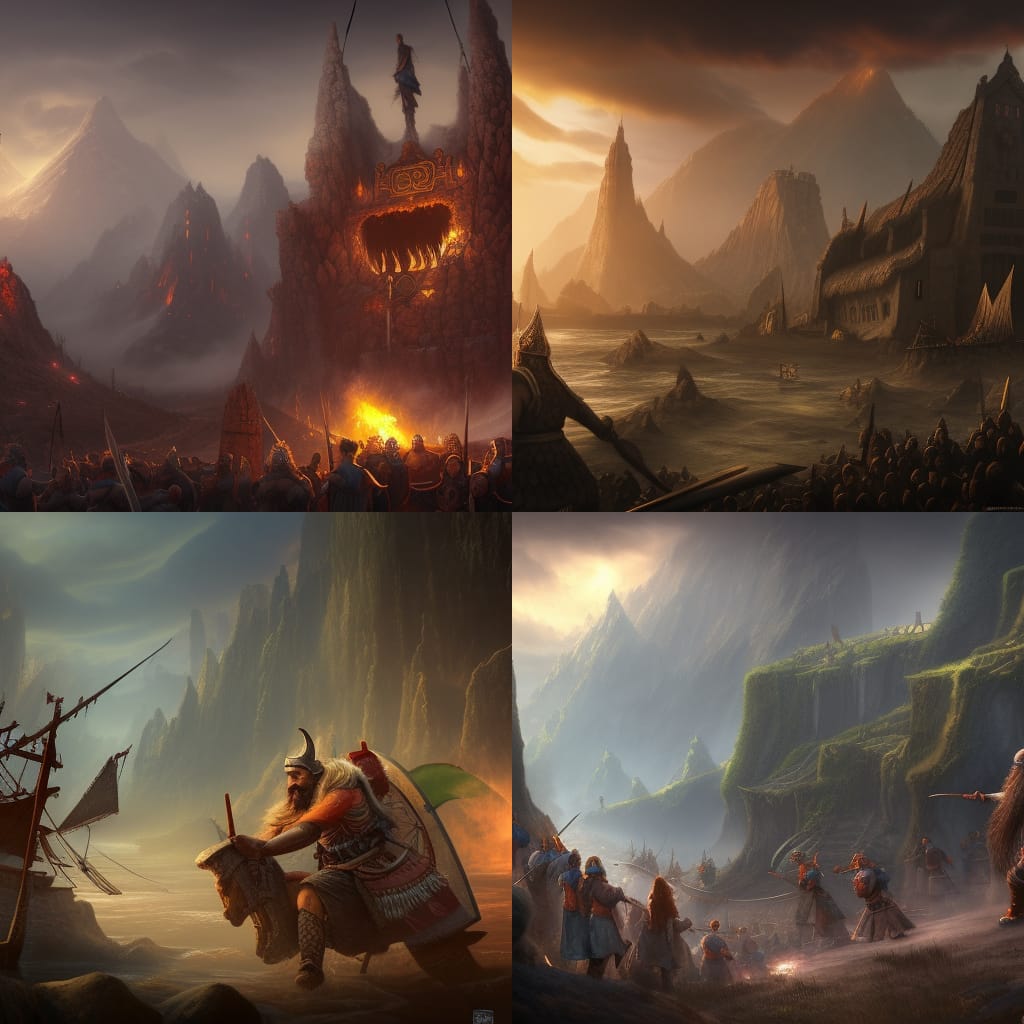When picturing the fierce and adventurous Vikings, we often imagine them accompanied by loyal and fascinating companions. However, beyond their warrior reputation, Vikings had a softer side, nurturing a deep connection with animals as pets. In this blog post, we will delve into the world of Viking pets, exploring the types of animals they kept, their roles in Viking society, and the bond between humans and animals in Norse culture.

-
Dogs: Faithful Guardians and Hunting Companions
- Historical Evidence: Archaeological finds and written accounts reveal the strong bond between Vikings and their dogs.
- Roles and Uses: Vikings valued dogs for their loyalty, protective nature, and hunting abilities. They were used for guarding homesteads, herding livestock, and accompanying hunters.
-
Cats: Mysterious and Beloved Companions
- Cultural Significance: Cats held a special place in Norse mythology, symbolizing fertility, luck, and protection.
- Shipboard Cats: Vikings often kept cats on their longships to control vermin and protect provisions during sea voyages.
- Domestic Cats: Cats were also cherished as companions and household guardians, bringing good fortune to Viking homes.
-
Falcons: Noble Hunting Birds
- Falconry Tradition: Vikings were skilled falconers, training birds of prey such as falcons for hunting.
- Symbolism and Prestige: Falcons symbolized nobility and were associated with the Norse god Odin. Owning and training falcons was a mark of status and skill.
-
Horses: Trusted Steeds and Symbols of Status
- Viking Horse Breeds: Vikings prized sturdy and resilient horse breeds, such as the Icelandic horse.
- Equestrian Skills: Horses were essential for transportation, farming, and warfare. Skilled horsemanship was highly regarded among Vikings.
-
Birds and Other Creatures: Ravens, Ravens, and More Ravens
- Ravens and Odin: Ravens, specifically Huginn and Muninn, were significant in Norse mythology as the ravens of Odin, representing wisdom and thought.
- Other Creatures: Vikings also kept a variety of birds, such as hawks and songbirds, and occasionally other animals like bears or boars as exotic pets.

Conclusion: Viking pets played an important role in Norse society, offering companionship, protection, and assistance in various aspects of daily life. Dogs guarded homes, cats controlled vermin, falcons aided in hunting, and horses served as loyal steeds. The relationship between Vikings and their animal companions reflected their deep connection to the natural world and their understanding of the interdependence between humans and animals.
Works Cited:
- Düwel, Klaus. "Animals and Mythical Creatures in the Norse World." The Viking World, edited by Stefan Brink and Neil Price, Routledge, 2008, pp. 158-177.
- Jesch, Judith. "Vikings and Animals." Viking-Age Transformations: Trade, Craft and Resources in Western Scandinavia, edited by Dagfinn Skre, et al., Archaeopress, 2018, pp. 137-148.
- Price, Neil. The Viking Way: Religion and War in Late Iron Age Scandinavia. UCL Press, 2019.
- Williams, Gareth. "Pets and Favored Animals in Viking Age Scandinavia." Norwegian Archaeological Review, vol. 42, no. 2, 2009, pp. 98-113.
-





Leave a comment
This site is protected by hCaptcha and the hCaptcha Privacy Policy and Terms of Service apply.